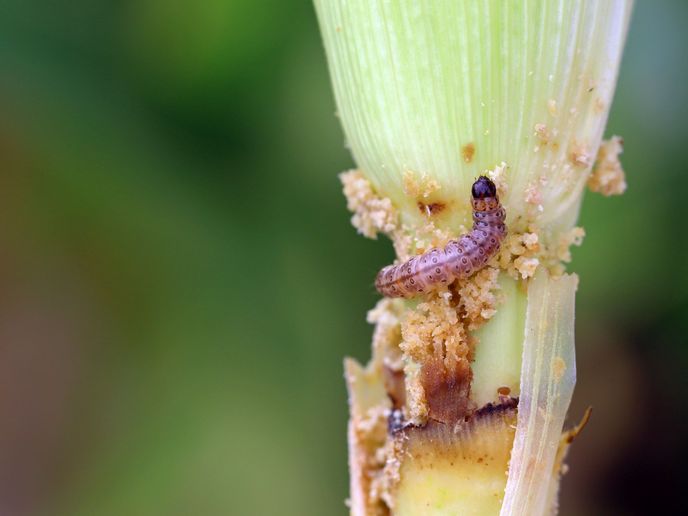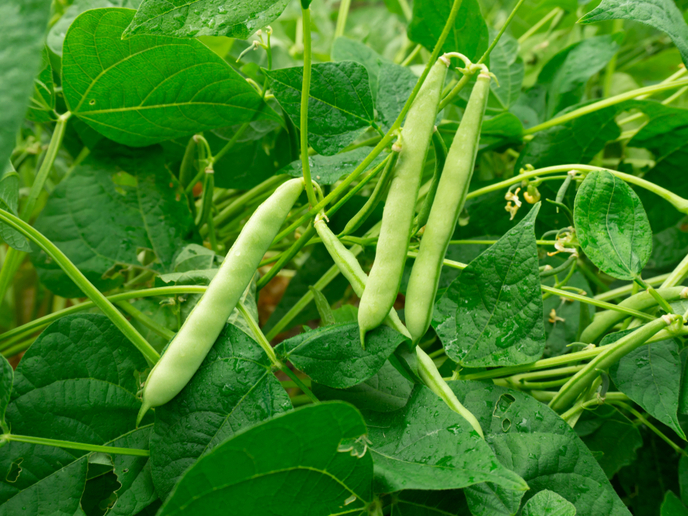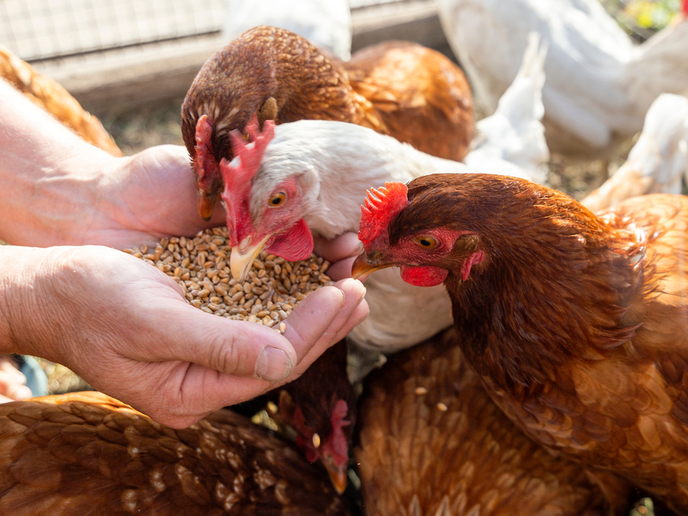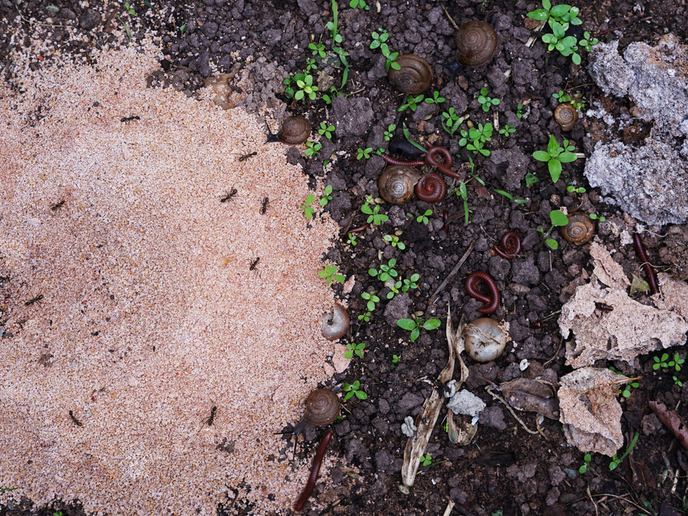How maize boosts its defence against herbivores
Plants have developed many ways to protect themselves against herbivores. Structural defences, like spikes, make it difficult for herbivores to feed; as do the release of unique chemical compounds, such as capsaicin, the chemical that makes chili spicy. But a plant’s immune system might be its best defence. Many plants detect danger by recognising molecules released from an attacking herbivore or the damaged plants themselves. These initiate a change to a plant’s structure or produce metabolites either toxic to herbivores or which attract their enemies - using the: ‘the enemy of my enemy, is my friend’ strategy. “But we don’t know if plants combine and integrate different type of signals for stronger defence, and if so, how,” adds Matthias Erb, from the University of Bern, the project host and coordinator of EU-funded InteCue project. Borrowing from genetics, molecular biology, biochemistry and chemical ecology, InteCue investigated whether plants combine airborne danger cues (volatiles), with internal plant peptide signals, for stronger defences.
Testing the signal integration hypothesis
According to Marie-Curie Research Fellow Lei Wang, plant defence signalling has mostly been studied by geneticists and biochemists, whereas plant-herbivore interactions related to volatiles, has been the domain of chemical ecologists. “This has resulted in the molecular mechanism driving plant volatile signalling, remaining largely unexplored,” he explains. InteCue started by looking at systemin signalling in tomatoes. Systemin is a small peptide produced in tomatoes in response to insect attack. The team had previously discovered that it induces an anti-herbivore defence via two cell surface receptor proteins, SYR1 and SYR2. It's well understood regulatory mechanisms made systemin an excellent candidate for the study of signalling integration, complemented by a rich collection of genetic resources.
From tomatoes to maize
The team first used CRISPR gene editing technology to learn more about how the signal flow is regulated, before testing whether different volatiles and/or systemin increased plants’ emission of their own defensive chemicals. “Despite publications showing a positive effect, we found little evidence for this in tomatoes, at least in the time period we examined – 16 hours after treatment,” says Wang. The team then switched to maize, leading to their key discovery: young maize leaves act as a ‘nose’ and are able to ‘smell’ stress volatiles, while mature leaves focus on chemical defence, triggered by the small peptide ZmPep3. “It is fascinating that leaves can specialise like this to detect the key warning signs of attack,” adds Erb. While early days as the results are currently undergoing early analysis, the team did find possible evidence for maize’s ability to integrate volatile cues and peptide signals to generate a stronger defence.
Smarter crops for more sustainable agriculture
InteCue’s discoveries could eventually contribute to tailored breeding strategies that produce crops with greater pest resistance. for more sustainable agriculture. “The maize genes we are now characterising could one day be targeted by gene engineering to create cultivars with high sensitivity to volatiles, making them more herbivore resistant,” concludes Erb. The team are currently looking for the maize protein that provides the ‘nose’ function, while working to elucidate the whole molecular route from volatile sensing to the production of defensive compounds. They also aim to locate the protein that forms the hub combining volatile and peptide signalling.
Keywords
InteCue, herbivores, plant, immune, herbivores, metabolites, maize, tomato, volatiles, peptide, stress







